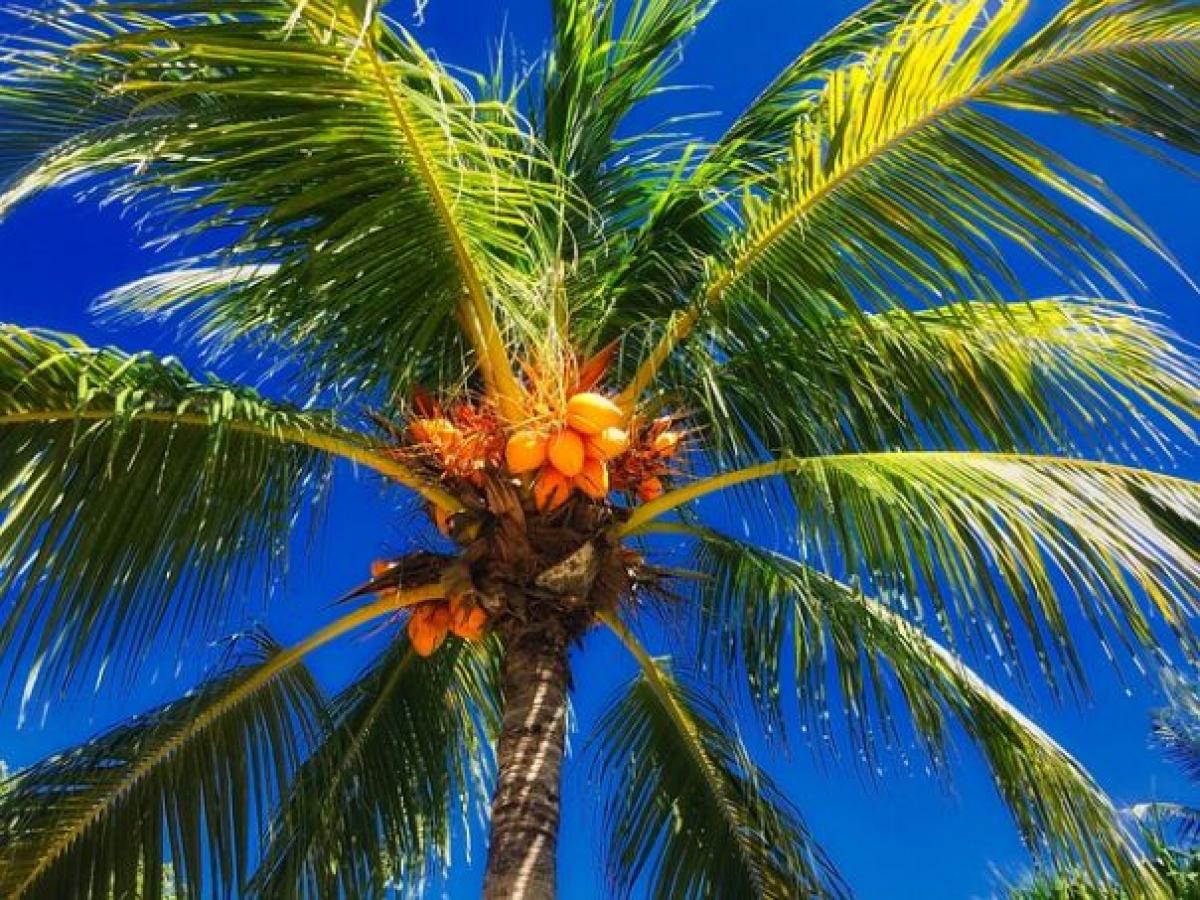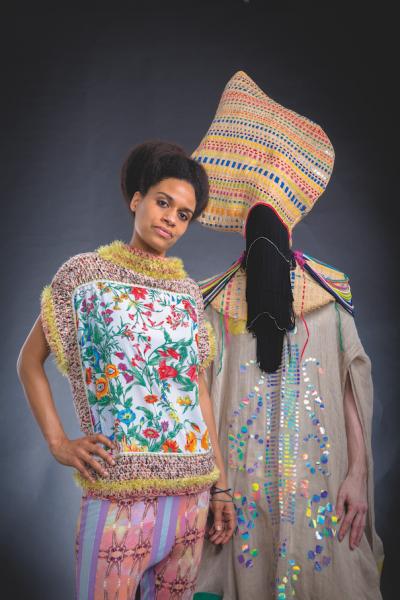
The Great Fantasies of Exotica
The history of «Exotica» is rich in amazing music, sounds, instruments, and stories. Gerald Van Waes collects these often rare and obscure sounds and writes about them on his blog psychevanhetfolk. For us he wrote a manifesto for exotica. From the Norient book Seismographic Sounds (see and order here).
Censorship, Escapist Exotica & Big Orchestras
Around the birthmark of exotica lie rooted elements of escapism related with an increased censorship in post-war America. In the background, this censorship was forced upon by all post-war political and social world control activities. Exotica provided a safe way to explore newly adapted, faraway elements, which kept peoples focus away from any critical awareness or unrest. It also provided the impression that there still was available a creative accompaniment in progress. It was a form of fantasy and escapism. There was a general atmosphere of mistrust at the time and few risks were taken to reach beyond safe expressions in entertainment.
It was also the time when in fact one already could no longer afford the big orchestras, but in a last attempt to impress, the best ones incorporated or even replaced some musicians by exotic, mostly rhythmic elements. In general, one says that it was Martin Denny (and his orchestra) who used the term exotica for the first time publically on a record back in 1957. Yma Sumac at the perfect moment came to the public’s notice providing a new highlight of exotic compensation. The «new» foreign element in the context of exotica was still kept alien in nature. While soldiers at American army bases abroad discovered faraway musical forms and while they had locally musicians playing westernised or electrical forms of local folk music, those who came invited to the United States, still had to show themselves like circus acts. While Exotica remained a western-based form of music, belly dance music still fitted perfectly. The belly dancers on the covers alone were a stimulating safe form of daydream erotic fantasies. When in Lebanon, Omar Korshid introduced the electric guitar (and Moog-like elements) into the belly dance orchestra, this became their own contribution.
Belly Dance and Turkish Music
During these early years of exotica, I am able to distinguish a couple of different forms of inspirations that shows a few more relationships within the genre of Exotica. I have already mentioned the bigger or smaller orchestras with mostly extra percussive elements. Under influence of Yma Sumac, there were exotic voices being exploited as well. Many of these albums can be found on flee markets, but often it seems that they really are highly enjoyable, colourful and sonically uplifting.
Turkish music always fitted very well within the Exotica genre. They have a tradition of crafted arabesque orchestral arrangements, use contrasting instruments, and always have a well-developed percussive part (the element of percussion once incorporated into classical music and the west came originally from Turkish march music, and had been the new exotic element at that time). Türkiye and mostly its Anatolian music showed a natural sensibility that is pretty reminiscent to what we feel as being exotic.
Theremin Exotica
Another direction of fantasies was provided via the early analogue synthesizers. It was especially the theremin, which became the exotic instrument. Its sound, like a mixture of a singing saw and a human voice, in a way had something from «out of space». Going with it to «where no one had gone before», which turned any further communist witch-hunt speculation into the new fantasy projection of the alien.
Monster Hop
Before teenage rock’n roll finally turned towards real life, a few more fantasy compensations existed under the genre of Monster Hop, like an Adams Family band. With such fantasies of the living dead and monsters, war traumas or casualties found a surreal compensating reflection, while their fears had found an outlet into Monster Balls.
Psych Exotica
A first transformation of the Exotic genre grew already after the release of the album from Eden Ahbez. Even though for the composer, this was for him about real-life, an idealistic vision, for the public this still seemed to be so far away again from daily life and it’s economic struggle for survival, this still felt like another form and branch of exotica. Once the public would decide to really go deeper into over-idealising forms, the mind expanding and altering desires of the hippies, opening up restricted behaviourisms and ways of life, -via psychedelia-, one must still realise that this wasn’t about real life either. Its commercial forms had relations to exotica as well. Sitar was THE exotic element that emerged from this scene. The commercial exotic form produced so-called psychploitation albums like modernised forms of exotica.
Exotic Fusions
The sitar was of course seriously introduced via Ravi Shankar via The Beatles («Sergeant Pepper’s Lonely Heartclub Band»). While the schools of Ravi Shankar and Ali Akbar Khan gave Indian elements more serious associations, its first results still showed rather superficial fusions and adaptations. Only composers like Ravi’s nephew Ananda Shankar really knew how to fuse genres from different countries and how to re-emerge them together into a creative new form of music, making the birthmark of «new-exotica», a genre which could have existed and noticed but which in fact never was. New fusions appeared mostly within the jazz genre first, with influences from Indian (Joe Harriott), African (Tony Scott, Pharoah Sanders, Don Cherry), Middle Eastern, and Flamenco nature, while some other genres were embraced.
Nevertheless, from that new direction, like into jazz fusions, the genre of exotica for me still lived on, more seriously, into those artists who turned a mixture of elements into something far more serious, without letting it to be adopted into jazz. Instead, they will turn this into a totally new genre, which we could call for this occasion also call New Exotica. It is something that I previously called All-World or Whole-World Fusion, a potential new genre, which started with Ananda Shankar perhaps. A whole series of musicians and bands fit here, but often also, still fall off the grid completely. The most talented musicians having learned the best of genres succeeded in merging genres from all of the world, to create something new with it, something of their own, with an expression that is either belonging to world music, to jazz, to fusion, pop or rock.
Mostly such attempts are short-lived, but show the best of talents and visions. For organisers, bands or musicians who belong here are either not World Music enough, do not belong to Pop, Rock or Jazz and will not be invited. They remain unnoticed, and have to give up after a while. They were never fully exploited (Ancient Future, Mööndö, Esthema,..). Often they emphasised a little bit more upon Indian music (Lele Lele,..), or Middle eastern elements. Some people perfectly fused flamenco with Indian music, finding musical elements that were rooted into the same musical foundation (Indialucia, Sacha Silva, Gualberto, Shonghai,..). Amongst such serious examples of musicians who had a hard time to survive, were such musicians that were giving a new meaning to exotica, different to the elements that in reality defined it further for the public. The further exploitation of world music and its mixtures with western beats in reality in fact had mere often killed the last interest towards potential creative exotic genres. Let me explain what happened more noticeably.
World Music Puritism versus World Eat Exploitation
The West now had psychedelia and progressive rock. World music had been taken away from fusion and integration now. The interest in any world music associations now became purified, just like a monkey-watching business, trying to distil now only the absolutely pure and simple, dry and traditional forms of ethnic music. In contrast to the freeing forms of psychedelia, from foreign music one was not looking for any creative voices, but for folk purification, to the extent of the absurd. At the same time, Latin or African entertainment bands were still not so quickly invited.
From this area and new mentality of folk purism, a new exploitation genre arose, mixing modern beats with this purified world music, often to horrifying effect, leading to a genre of samples like a new post-colonial exploitation. The attempts by Peter Gabriel’s own label to adapt a modernity (still succesful at that point) from the original world music musicians themselves, was turned into an idea by others to exploit the superficial apects of this hybryd foreceably as the new norm, a further exploitation which quickly turned the new branch against itself, leaving us with allergic reactions towards anything that is related to world music and also its modern exploitation.
Far-Away Versions
We have so far seen especially the Western point of view, as to where exotica all led. In the rest of the world it had led to different interesting shifts and turns. I have followed what happened in the rest of the world, and I must say that it is interesting to notice. The feeling of Exotica means something else in the Middle East and East and the Far East. Their approaches meant being the birthplace of great creative movements. In many countries, it was especially the American marine bases that led to the stimulation of birth of local groups that mixed western and local folk music. The introduction of the electric guitar and the influence of groups like the Ventures and The Shadows were the starting point to make such new mixtures of genres that were felt locally as being highly exotic.
In Türkiye, Anadolu Pop was a mixture of Anatolian folk with pop and rock music. In Cambodia and Thailand, electric folk-pop music was the new exotica. In Korea, mixtures of American folk with the Japanese occupation period tradition of Trot music were still mostly the new genre that had been tried out, and exploited further. In Hong Kong, they had their own exploitation bands of exotica, like the great to mention Oscar Young Band. In the east and far-east Go-Go styles were often like a mixture of pop music folk elements and also with psychedelia, as a form of a new exotic sound. Japan was much more seriously into their explorations, so that I can hardly call any of their new mixtures Exotica, except for the exotic rock’n roll of Takeshi Terauchi & Blue Jeans or Masari Hiraro showing a mixture of Japanese folk traditions with early rock’n roll, as truly original forms of exotic pop. From the all-world fusions, a person with a creative vision I need to mention here is the talent of Ayuo.
In the Arab world, they commercialised beats a lot, which are harsh and heavy beats mostly. They have created their own commercial form of exotica, which is unfortunately the least creative, a genre that does not seem to allow any further subtleties either. Exotica as a genre oddly enough can hardly be found outside the East, Far-East, West and Middle East. African and Afro-Caribbean music is much more direct than that.
Re-Exotic Bands
Luckily today we still have some Re-Exotica bands, re-engaging the positive entertaining effect of Exotica. As a last sub-genre, I should mention all the new groups who felt that there was something positive and positively entertaining from the genre of Exotica, they tried to re-establish an orchestra of their own that could relive all that. Such bands have a great warm, brilliant sound and are a mixture of entertainment and serious dedication. I will simply drop a few names: Modular, Russkie Wig-Out, Senor Coconut, Ixtahuelle, Besbo Best & The Super Lounge Orchestra,..). A band like Secret Chiefs 3 have one root in exotica, and another one in serious creative (sometimes heavy!) rock editions of traditional music, with inspirations ranging from the Middle east to Morricone, Ananda Shankar,.. They are perhaps the most serious creative band of its kind for the moment.
Conclusion
Exotica still is a bit underestimated and not thoroughly investigated well enough as a genre. The reason for this I explained here in this article. I guess that it was the commercial exploitation of music in general, and the mentality of separation (of us and them), rather than a well established trust for an integral creative fusion of different musical talents from anywhere in the world that had had most chances. This ruined its genre’s potential at the same time. We still lack a new naming for a potential genre that puts all creative, all-world music souls into one separate genre, put them onto one differentiated platform, a platform that should gain world consciousness and should receive therefore alone anyone’s full support. The musicians who succeed in going there show something of the common root of creativity that binds people together in this world. It is what makes us feel how much we all have in common, share as common potential, as a common musical language. Exotica give us the feeling that we are able to explore a new mixture like a fantasy first. At its best, with the New Exotica rock bands like Secret Chiefs 3, it even is able to become a common and even more direct experience.
The text was published first as a very short quote in the second Norient book Seismographic Sounds.
Biography
Shop

Published on February 12, 2018
Last updated on June 27, 2023
Topics
From Self-Orientalism in Arab music to the sheer exploitation of Brazilian funk music by acclaimed artists: how exotica examine aesthetics playing with the other and cultural misunderstandings.
About fees, selling records, and public funding: How musicians strive for a living in the digital era.


